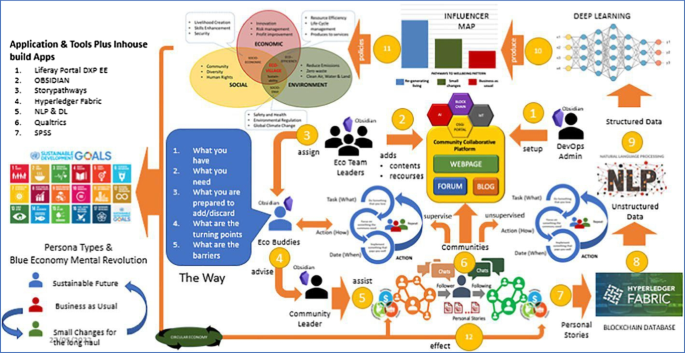
This week marks the third week I’ve been following INSEAD’s classes online less than a kilometre away from INSEAD’s Europe campus, and so far the experience has been better than I thought it would be. Mini interactions that take place in bars, restaurants, hallways, or anywhere else in the city are what I miss most about online classes. Last month, a trip to the supermarket or a restaurant would involve me bumping into 3-4 INSEADers along the way. Now, it only takes about eight steps to get to the restaurant, and surprise! I serve as the guest, waiter, and chef. “Hello, Monsieur!” When considering online classes, certain presumptions spring to mind immediately, such as: You become disconnected from other people.
Class discussions won’t happen effectively
People will just be away from the keyboard
These assumptions are driven by my experience in taking online training both at work and outside of work. Online training often involves little interaction with classmates and hours of watching videos and reading materials. Additionally, discussions do not take place in class because materials are delivered asynchronously. Unfortunately, I do not believe that forums for asking questions and encouraging discussion are available on many online training platforms. Although not entirely, the sense of connection to other people does diminish. If anything, I’m seeing more people speak up instead of just the usual suspects, thus involving more people in the class discussions.
When professors ask a question and no one responds, awkward silences feel less awkward. Additionally, participation is still quite high because it is difficult for people to step away from their keyboards because professors conduct more cold calls using an online platform. Now the question is, what do the professors do to help mitigate these concerns? This is what I observed in MBA classes at INSEAD; some points may resonate with you and could be utilized in online sessions for your organization!
What methods work well?
1. Calling cold, but allowing people to “pass” Before classes start, as the academic representative of my class, I talk to the professors to share the class’s worries and how we can mitigate them. The professors intended to use the cold-calling method with this online format, and I was originally worried over how people would react. However, I now realize that it was an unnecessary concern. Different professors use the tool differently, but the one method that I find works quite well is letting students say “pass” when they’re not comfortable answering. People are still encouraged to participate, but they are not pressured to talk without substance. I found that when people are asked to talk, and they cannot pass, they end up feeling bad and start saying everything that comes to their mind, even if it’s unrelated.
2. Utilising the chat function to indicate when people want to say something
Our Organizational Behaviour 2 instructor helped spread the word about this approach throughout the class. Everyone who wants to speak in class writes three possible comments in the chat :
!!! The individual has a comment. E.g., “I disagree with what you just said”
??? – The individual has a query. “I don’t understand, could you explain that again?” for instance. xxx – The individual is retracting a previous statement. For instance, the person initially said, “!!!,” but then he changed his mind and said, “xxx.” Why is this effective? We found that it was simple to track who was first, that there were few technical issues, and that no one had to learn or find new features. Additionally, using this prevents students from suddenly unmuting and speaking, which can lead to people conversing over one another, frequently unintentionally.
3. Using external tools such as menti.com to get a sense of what the class thinks
Using menti.com as a tool can help professors quickly get a lot of responses when they want to ask the class questions, especially those that can be answered in a few words or a short sentence. This also has the additional effect of getting students to engage with the content, and not just invite those people who would like to say something.
Making points can also be helped by conducting an online poll to find out what people think an answer to a problem should be. For example, in our Organisational Behaviour class, there’s a part where we analyse people’s personality style. By using the online poll, the professor could see the class distribution immediately, and use that to make his point on the normal distribution of the personalities in society.
Which approaches didn’t work well?
1. Keeping track of questions with Google Docs One of our professors suggested that students use Google Docs to submit questions during class; he would periodically review the document and respond to them in class. This method effectively records all inquiries and may enable the instructor to create an FAQ for students. Conceptually, this is fabulous! Sadly, the unintended consequence is that nobody but the professor speaks, with the exception of when cold-called. Some students became disengaged as the class became less engaging.
2. Having half the class pre-recorded (e.g., for theory explanation) and having the other half live for discussion
Because it allows for self-pacing to comprehend the session’s theory, I really like this method. However, this one is contentious. A significant number of individuals were unable to fully participate in the class discussion because they were unable to fully comprehend the theory by watching the pre-recorded video. This method could work but needs to be exercised with caution.
To conclude, despite the fact that online classes have so far provided a satisfactory learning environment, it cannot be denied that they eliminate the valuable social component of earning an MBA. We can return to in-person classes if we manage the situation soon, we hope.




